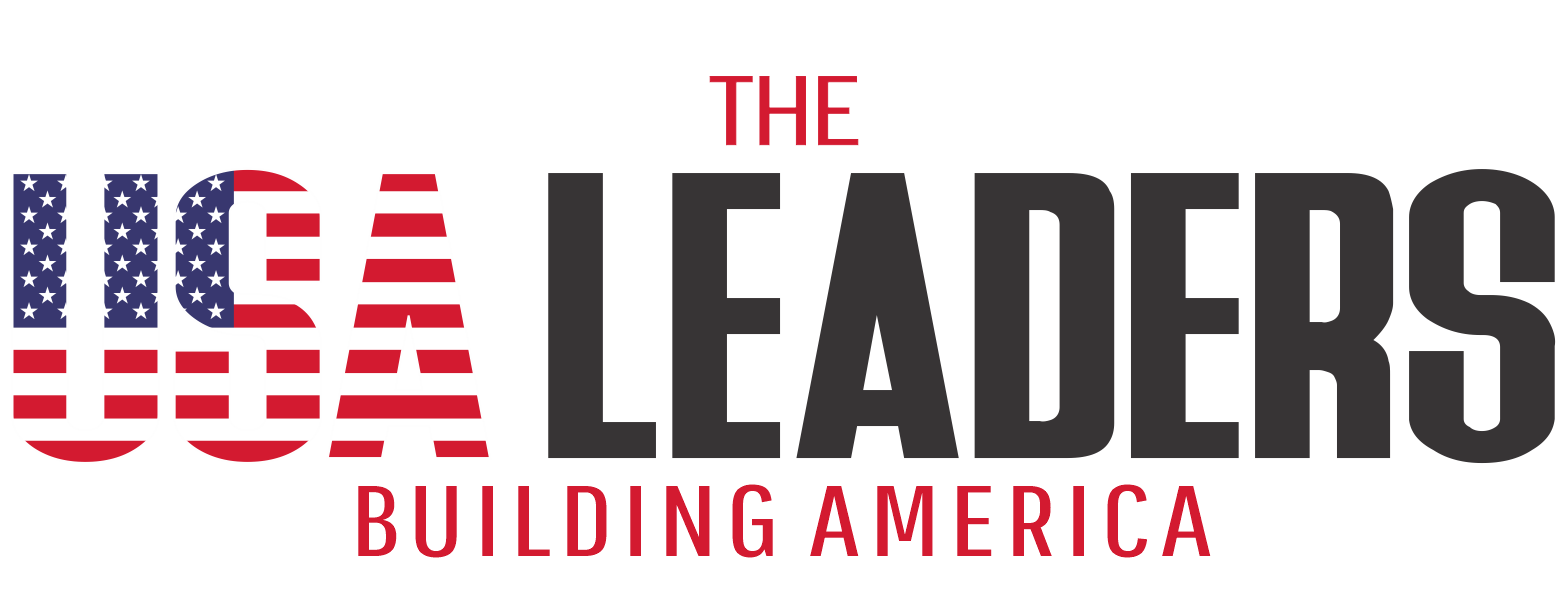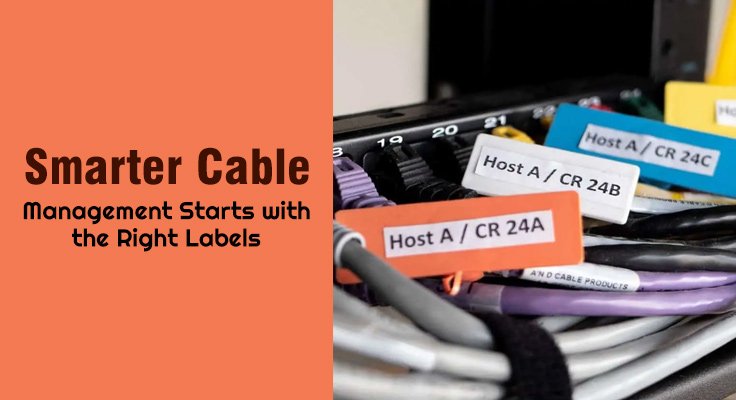Staring down a messy web of cords can feel like trying to read a novel where all the chapters are out of order. The cables all look the same, they snake around each other in tight spaces, and when it’s time to make changes or perform maintenance, every minute wasted trying to identify the right wire feels like a small defeat. It’s a situation that plays out in server rooms, workshops, industrial plants, and even home offices. Things get tangled, systems grow, and without a good plan in place, the chaos spreads. What many don’t realize is that smarter cable management starts with the right labels. Not fancy software or expensive panels, just simple, dependable wire and cable labeling that holds up under pressure, literally.
When labels are designed with real-world demands in mind, everything changes. Instead of hunting for the right wire, technicians can spot it instantly. Instead of guesswork, there’s confidence. The best wire and cable labels aren’t just neat, they’re built to endure. Wrap-around designs, high-temperature resistance, and durable adhesives work together to bring order where disorder once ruled.
The Problem with Untamed Cables
Even in clean, modern environments, cables tend to take over. What starts as a few organized connections often turns into a snarl, especially when equipment gets moved, added, or replaced. Without labels, the situation becomes more than just visually unpleasant. It becomes inefficient and, in some cases, dangerous.
Power cables running alongside data lines, unidentified electrical wires near heat sources, or mismatched control systems in a manufacturing setting all come with risk. Unmarked cables delay repair times, increase the chance of accidental disconnections, and make troubleshooting a frustrating experience. Add outdoor elements or high heat to the mix, and things only get worse.
While it may seem like a minor detail, labeling is one of those behind-the-scenes steps that quietly makes everything else work better. And yet, it only works when the labels themselves are up to the task.
Not All Labels Are Created Equal
A quick search online turns up hundreds of cable label options. But not all are designed to handle the challenges of curved wires, tight groupings, and elevated temperatures. Some peel off within hours. Others fade so fast they might as well have never been applied. The real standouts are built differently, using materials and adhesives that stay put, even when wrapped tightly around flexible wires in warm or outdoor environments.
Look for labels that are heat-resistant up to 150°C (302°F), smudge-proof, and waterproof. Wrap-around styles are especially effective. They provide a clear printable area and a transparent tail that secures the label to itself, reducing the chance of it peeling or catching on other cables.
This matters more than most think. In a dense bundle of wires, one label popping loose can lead to misidentification, downtime, or worse. High-quality labels hug curves, resist abrasion, and remain legible long after the job is done. That’s not just organization, it’s prevention.
When Tight Spaces Demand Smart Solutions
Anyone who’s worked behind a control panel or inside an equipment cabinet knows that space is always at a premium. It’s not just about having the right tools, it’s about finding ways to work efficiently in places where movement is limited and visibility is poor. That’s where wrap-around wire and cable labels make a real difference.
Unlike flat tags or zip-tie markers that require extra space, wrap-around labels conform to the shape of the cable, keeping things compact and easy to read. And when cables are bunched tightly together, these labels still hold strong, offering legible ID even when there’s very little room to maneuver.
For industries dealing with critical systems, think telecom, aerospace, or manufacturing, these kinds of solutions can prevent serious setbacks. If a technician can’t quickly identify which cable to service, a simple maintenance task can turn into a drawn-out, risky procedure. The right label changes that. It provides clarity, structure, and speed.
Built to Withstand More Than Just Time
Durability isn’t just about how long a label lasts, it’s about how well it performs in unpredictable environments. Heat, humidity, UV exposure, and even chemicals can wreak havoc on a poor-quality label. That’s why high-performance wire and cable labeling systems are manufactured using specialized materials built for both indoor and outdoor use.
Whether it’s a factory floor in constant operation or a utility pole exposed to the elements, the label has to stay readable and intact. High-adhesion wraps prevent peeling. UV-resistant inks keep information visible in direct sunlight. And thermal transfer printing ensures smudge-free results that won’t fade under pressure.
There’s something incredibly reassuring about knowing the system you’ve labeled today will still make sense six months or two years from now. No guessing, no decoding, just a clean, accurate reference that saves time, prevents errors, and supports safety.
Streamlined Maintenance, Faster Repairs
In any workplace, downtime costs money. Whether it’s an HVAC system that needs servicing or an entire data center under maintenance, every second counts. Labeled wires give service teams a head start. Instead of poking around and testing connections manually, technicians can move with purpose, knowing exactly which line does what.
This is especially valuable during emergencies, when fast decisions are necessary. A label that holds up in heat and chaos isn’t a luxury, it’s a safeguard. It keeps systems running, teams informed, and clients happy.
And for teams that work across different sites or hand off projects between shifts, consistent labeling makes collaboration smoother. No deciphering someone else’s handwriting or piecing together outdated schematics. Just simple, reliable identification.
How to Choose the Right Labeling System
Selecting wire and cable labels can feel overwhelming at first, especially with so many options on the market. But a few key features make all the difference:
- Heat Resistance: Always check for a temperature rating. Labels that handle up to 150°C are suitable for most industrial and electrical applications.
- Wrap-Around Format: These are ideal for curved wires, offering better adhesion and durability than flat labels.
- Material Type: Look for UV-resistant, smudge-proof, and waterproof materials, especially for outdoor or mobile applications.
- Compatibility: If you’re printing in-house, ensure your label stock works with thermal transfer printers for best results.
- Clarity: Choose designs with a white or bright print area for maximum legibility, even in dim conditions.
If the system is flexible enough to accommodate different wire sizes and easy enough to integrate with your existing setup, maintenance becomes more efficient right from the start.
A Label That Does More Than Stay in Place
Good wire and cable labeling isn’t just about keeping things tidy. It’s a form of communication, a record-keeping tool, and an essential part of any organized workspace. It brings predictability to complicated systems and reduces the chances of costly mistakes. It’s the kind of solution that quietly supports operations from behind the scenes.
For those serious about getting it right, it’s worth looking into trusted providers with a proven track record of performance under pressure. A company that understands what it takes for a label to survive curved surfaces, high heat, and crowded configurations can make all the difference. Their products aren’t just functional, they’re built for environments where failure isn’t an option.
Final Thoughts
There’s a certain peace of mind that comes from opening a panel and seeing clean, clearly labeled wires. No guesswork, no backtracking, just information that speaks for itself. That’s the power of using the right labeling system from the start.
So, if the goal is smarter cable management, don’t overlook the simplest tool in the toolbox. Choose labels that stick, wrap, and last. It’s one of those small decisions that ends up having a huge impact.
And that’s when the work really starts to feel manageable.
Also Read: How to Implement Strategic Donor Management for Nonprofits






















